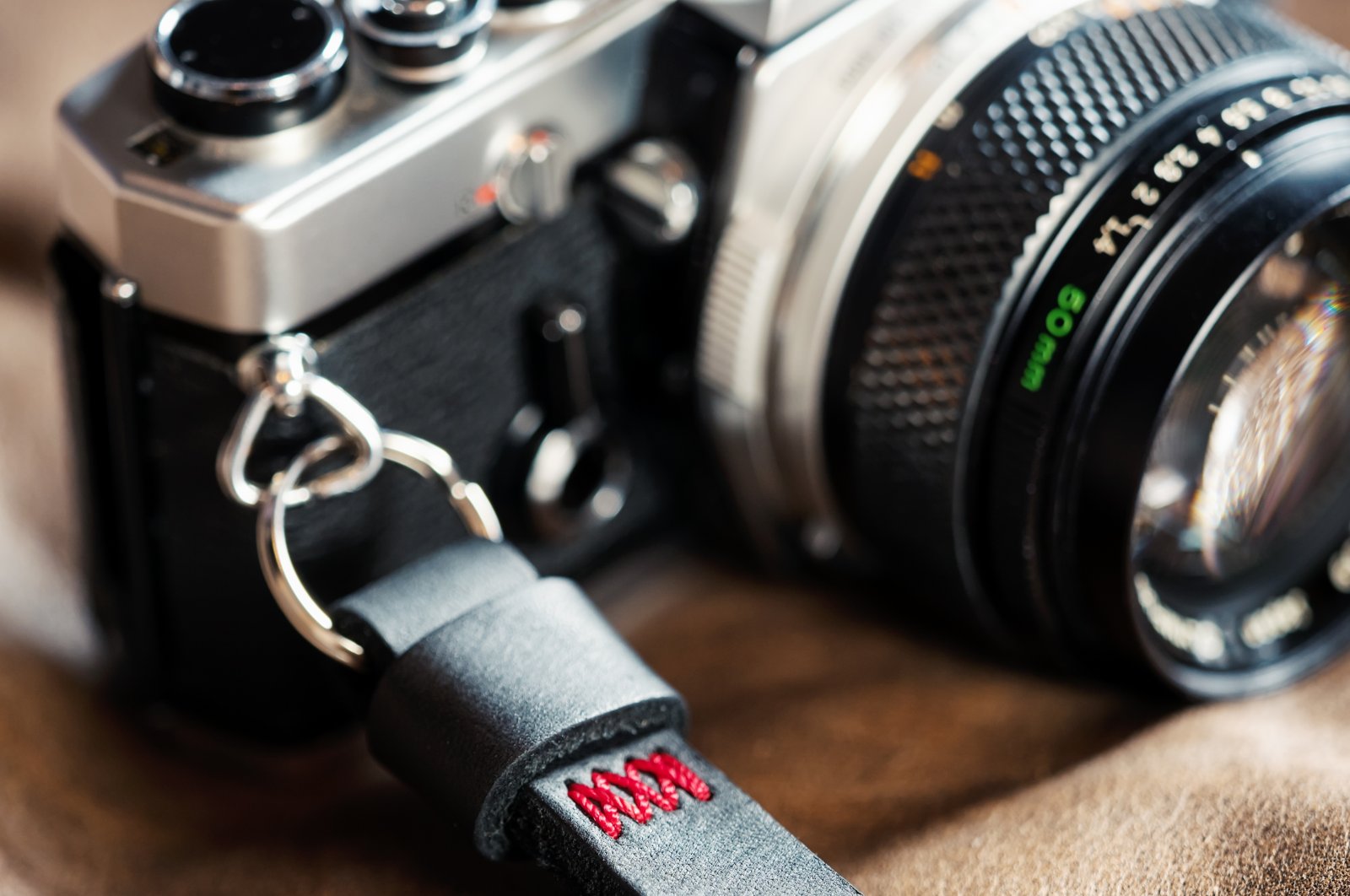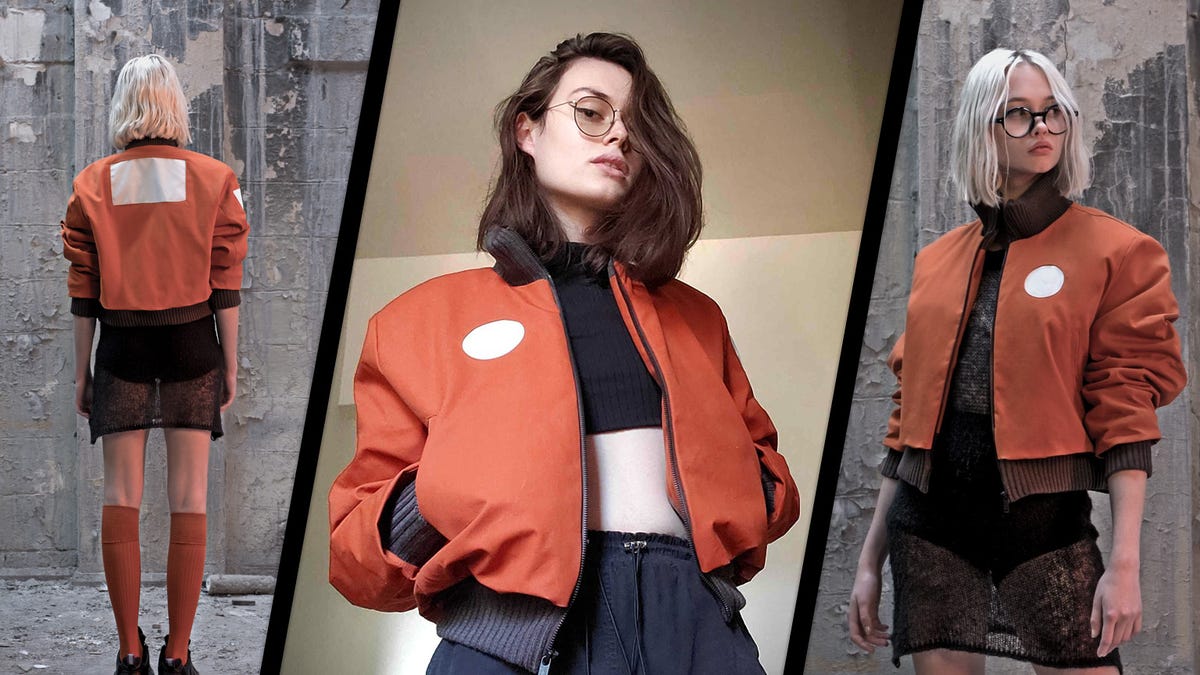
Chalk Line made millions selling 49ers gold jacket
Anniston, Alabama, has approximately the population of San Francisco’s Nob Hill neighborhood.
It was once home to the world’s largest chair. It has a sports museum dedicated to a high school that closed in 1973.
And it’s where an upstart apparel company made millions hawking the San Francisco 49ers’ now-coveted gold satin jackets in the 1980s.
Started as a joint venture in 1972 between Willis “Pete” Chalk and Nasco Inc., one of the largest suppliers of school fundraising products in the country, Chalk Line originally tried to corner the high school apparel market before landing major licensing deals in the ’80s with the NBA, NASCAR and the NFL.
The company went from making $700,000 with just 35 employees in 1972 to doing $26 million with 500 employees and three manufacturing plants in 1984 — the year the company landed its first NFL outerwear licensing deal.
“That’s what the guys on the sideline wore,” Jim Thompson, Chalk Line’s former vice president of marketing, told the Anniston Star in 1985. “What we’re doing is taking the same jacket and letting the fans wear it.”

San Francisco 49ers kicker Ray Wersching, wearing the team jacket that inspired Chalk Line’s gold satin Niners jackets, looks on from the sideline during a 1984 game against the Cleveland Browns in Cleveland, Ohio.
George Gojkovich/Getty ImagesRight he was. According to Judy Heathcoe, a former designer at Chalk Line who’s now in her 70s and still lives in Anniston, the design for the jackets came directly from the 49ers and was essentially a replica of the ones players wore on the sidelines during that era.
“We didn’t design anything ourselves for the NFL,” she told SFGATE this week. “The 49ers team was responsible for that. Some of those NFL designs were really good. And some of them weren’t.”
The 49ers’ design turned out to be the former. Chalk Line skyrocketed to $40 million in sales in 1985, buoyed by its most popular jacket: the Niners’ gold satin number, with SF’s logo on the front and “FORTY NINERS” emblazoned across the back.
A single salesman on the West Coast sold 11,500 gold 49ers jackets in eight weeks in 1985, according to the Anniston Star. The jackets, which retailed for about $50 in the mid-’80s, exploded in popularity at the exact same time the Joe Montana-led Niners did. Chalk Line was, at one point in the ’80s, making 80,000 jackets a day — a massive chunk of which were dedicated to San Francisco’s now-coveted Niners silhouette.

San Francisco 49ers star Joe Montana appears in a Saturday Night Live sketch titled “United Way Commercial” on Jan. 24, 1987, sporting the now-coveted gold satin 49ers jacket.
NBC/NBCUniversal via Getty ImagesChalk Line was also responsible for the Super Bowl XIX jacket, which the company sold 20,000 of in the week before the 49ers shellacked the Dan Marino-led Miami Dolphins, 38-16.
Chalk himself estimated that NFL jackets alone accounted for $6 million in sales in 1985. By 1988, the company was turning $41 million in revenue into almost $2 million in profit, and started drawing interest from elsewhere. It had grown to five plants in three states, had 1,000 employees, and even had an advisory board headed by none other than Los Angeles Dodgers World Series champion Orel Hershiser.
“Chalk Line’s sales have doubled in the past three years and are projected to double again in the next two,” Chalk told the Anniston Star at the time.
With the help of Frontenac, a Chicago-based venture capital firm, Chalk Line was purchased from Nasco Inc. in 1989 via a leveraged buyout. The deal put the company more than $50 million into debt, which it was ultimately never able to climb out of. Pete Chalk retired from the company in 1992, and it filed for bankruptcy in 1993, a far cry from Chalk’s prediction from a few years prior.
“The new structure will provide the capital necessary to support this dynamic growth,” Chalk had told the Anniston Star before Frontenac formally stepped in.

Head coach Bill Walsh of the San Francisco 49ers looks on from the sidelines during an NFL game at Candlestick Park circa 1983 in San Francisco.
Focus On Sport/Getty ImagesChalk Line’s exit helped clear the field for Starter Sportswear — the NFL’s other jacket licensee — to record $356 million in sales in 1993, according to the Associated Press. Starter turned into the No. 1 manufacturer of licensed sports apparel; at its height, it was making 3 million team jackets a year (including Niners jackets).
But Starter moved on to other apparel, and the 49ers gold satin jackets weren’t available at a major retailer from the late 1990s until 2012, when they returned to the 49ers team store. At the time, one of the jackets retailed for $150, which is actually well below the 2012 (and 2022) eBay going rate for vintage Niners jackets from the ’80s and early ’90s. Today, Chalk Line’s old silhouettes sometimes go for $600 on eBay, more than 10 times what they sold for when Chalk first scored an NFL license in 1984.





